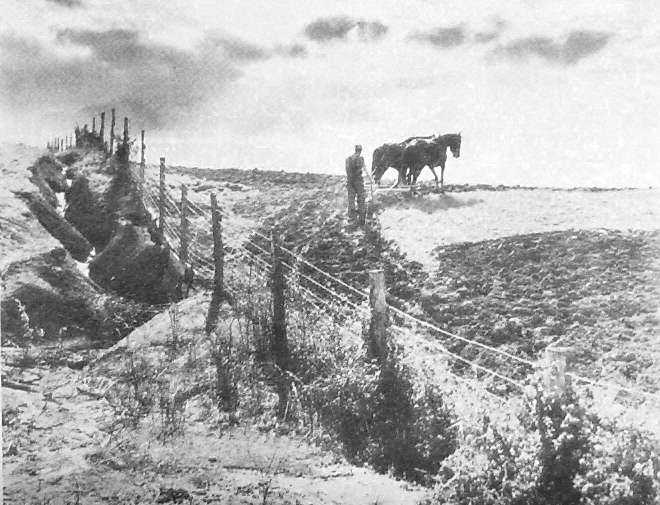
A reader called me this past week and asked in an exasperated tone why the newspaper hadn’t run a story about a statement the Pentagon issued to the New York Times for a story that ran July 31 essentially confirming that at least some identified flying objects are alien crafts from another world.
“Why isn’t everyone talking about this?” he said.
He had learned about the Times story from a friend.
A quick Google search indeed turned up stories reacting to the Times report and indicating that the Pentagon task force investigating UFOs would be publicly releasing information that might confirm the existence of aliens.
This is how a story from the Fox TV Digital Team put it:
“Now, the New York Times is reporting that the secretive task force is expected to release new and alarming findings that may involve vehicles made of materials not of this planet.”
The Independent in England said this:
“A Pentagon UFO unit will make some investigations public as ex-advisors suggest that ‘vehicles not made on this earth’ were placed in U.S. government storage.”
The problem with those stories is that what they say isn’t what the New York Times story said. Rather, they read between the lines and juice the elements of the story most likely to catch people’s attention – a common flaw of our internet age. They strongly suggest facts that are not in evidence.
There is a term for that: clickbait. They just want as many people as possible to click on a headline and share it.
The Times story by reporters Ralph Blumenthal and Leslie Kean, which was posted online July 23 (not the 31st), actually said that the Unidentified Aerial Phenomenon Task Force is focused on “discovering whether another nation, especially any potential adversary, is using breakout aviation technology that could threaten the United States,” and the story contained a suggestion that the unidentified aircraft might be highly advanced drones.
That would make sense because the limits on aircraft maneuverability in many cases are human limits. The human body can’t cope with the extremes of acceleration and high-speed changes in direction that aviation technology is capable of.
And there was no Pentagon statement confirming anything. Notably, the second sentence of the story began, “Pentagon officials will not discuss the program.”
However, the Times story does include a few people who openly say they think at least some UFOs may be of alien origin.
The Pentagon program’s previous director, Luis Elizondo, a former military intelligence official who resigned in October 2017, “is among a small group of former government officials and scientists with security clearances who, without presenting physical proof, say they are convinced that objects of undetermined origin have crashed on earth with materials retrieved for study,” it said.
And Eric W. Davis, an astrophysicist who the story said worked as a subcontractor and then a consultant for the UFO program since 2007, is quoted as saying that in some cases examination of recovered crash materials had so far failed to determine their source and led him to conclude, “We couldn’t make it ourselves.”
But the story also includes a couple of reminders that just because right at a certain moment you can’t tell how something could have been made doesn’t mean that nowhere in the world could there be anyone who has figured it out:
“In some cases, earthly explanations have been found for previously unexplained incidents. Even lacking a plausible terrestrial explanation does not make an extraterrestrial one the most likely, astrophysicists say. …
“No crash artifacts have been publicly produced for independent verification. Some retrieved objects, such as unusual metallic fragments, were later identified from laboratory studies as man-made.”
A correction attached to the story and dated July 24 shows that the original version of the story more strongly stoked speculation about aliens:
“An earlier version of this article inaccurately rendered remarks attributed to Harry Reid, the retired Senate majority leader from Nevada. Mr. Reid said he believed that crashes of objects of unknown origin may have occurred and that retrieved materials should be studied; he did not say that crashes had occurred and that retrieved materials had been studied secretly for decades. “
Whatever the truth is, there will be additional stories to come, prompted by public releases from the Pentagon’s task force. Again, from the Times: A Senate committee report in June outlining spending on the nation’s intelligence agencies for the coming year “said the program … was to report at least some of its findings to the public within 180 days after passage of the intelligence authorization act.”
In short, the reason no one reported the government’s confirmation that aliens exist is because the government didn’t do that.
Maybe in the coming months or years it will. But it hasn’t yet.
